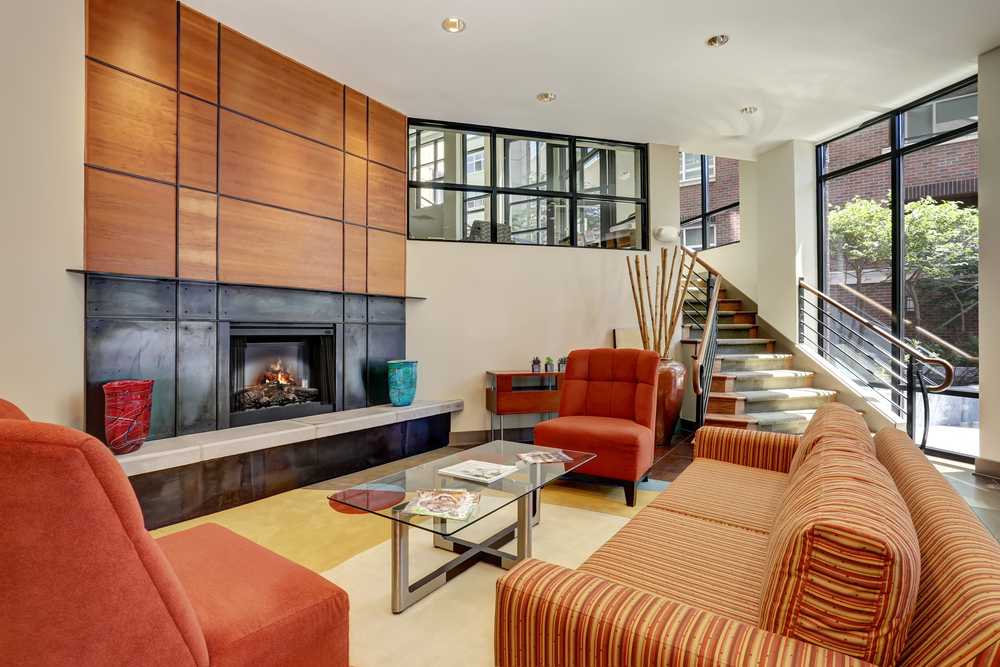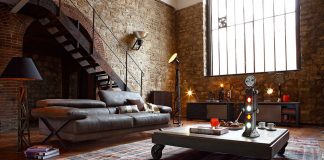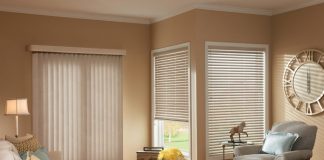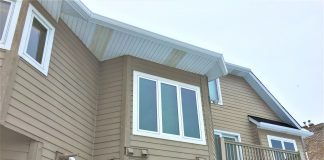Interior design is all about aesthetics – right? Well yes, but it isn’t only about aesthetics. In fact, specifications and design decisions by interior designers can have a major impact environmentally, particularly in terms of energy, the use of water, and the products used for projects.
While architects and professionals offering mechanical engineering services certainly take a lead regarding such issues, the role of interior designers tends to be under-estimated. This is partly because their role is so often considered to be limited to aesthetics. In reality, though, an interior designer can create a stylish and trendy interior that is 100% sustainable and environmentally friendly.
The question is, what sort of design choices should interior designers make to ensure they positively influence the ultimate sustainability of projects including new builds and renovations. When considering this, it’s important to acknowledge a major challenge, which is that interior designers don’t always work alone.
Key Issues Affecting the Environment and Sustainability
Materials, building services, and construction methods all have an effect on the environment and therefore on the sustainability of projects.
- Energy makes an impact in terms of the products used as well as the power (energy) needed inside the home once the interior has been completed. Most types of energy production result in the emission of greenhouse gases, which puts it at the top of the list when it comes to key issues.
- Water is precious and the use in any building-related projects has a direct influence on the availability and possible scarcity of water. Because we process and transport water, its use also contributes to carbon emissions.
- Materials have a broad effect on a variety of environmental issues including depletion of resources, loss of biodiversity, our health, and waste. Additionally, because many materials are used to make products that require energy throughout their lifecycle, they also add to harmful carbon emissions. Materials also affect the functionality of spaces from their thermal performance to their durability, which, in turn, affects the environmental impact of a project once the materials (or products from which they are made) are in use.
Probably the most important factor relating to all these issues is passive design.
Low-Energy Interior Design
Interior designers can reduce energy use by choosing renewable energy sources, using products that are energy-efficient, and ensuring that their design approach is passive.
It is imperative to reduce energy usage and to consider its source very carefully before using it at all. But on a positive note, because energy use adds cost to running any building, including our homes, most people are more than happy to accept a low-energy design.
Of course, the role an interior designer takes in any project will determine just how much influence he or she can have on the overall design of energy-related issues, but choosing energy-efficient products, focusing on passive design, and ensuring energy demand comes from a renewable source are all goals to work towards. Even if other design professionals are making decisions, interior designers can suggest additional low-energy measures.
While the building site and building structure will obviously influence and even dictate to an extent what an interior designer can do and achieve in terms of sustainability, sticking to passive design is essential. In simplistic terms, all this means is that designers take advantage of free energy, most commonly from the sun and wind.
Even without solar panels and wind turbines, which obviously cost money, passive design uses what nature has to offer, for instance by:
- Using the natural heat of the sun to warm interior spaces and not blocking the sun unnecessarily.
- Providing solar shading to prevent glare and overheating.
- Improving insulation.
- Taking advantage of natural daylight.
One of the easiest ways an interior designer can ensure homes and other buildings are energy efficient is to choose energy-efficient lighting, appliances, and building services.
Design That Conserves Water
The obvious route for interior designers is to specify products that conserve water, like low-flush toilets, water-conserving showers, and low-volume bathtubs. There is no doubt that the sanitary fittings, taps, and appliances in bathrooms, laundries, and kitchens have a huge impact on water efficiency and conserving water.
Encouraging homeowners to harvest and re-use rainwater and to recycle greywater is another positive approach designers can take. Passive methods work well for collecting and recycling rainwater for flushing toilets and using in washing machines, dishwashers, and other appliances. Greywater from showers, bathtubs, washing machines and so on can be used in a similar way, though the filtering and treatment will differ.
Blackwater recycling is another option, but it requires properly designed filters and water treatment facilities that treat the wastewater from toilets, dishwashers, and so on.
Sustainable Specification of Materials
Reducing the consumption of materials used and recycling or re-using materials will help to mitigate damage, and interior designers are well-positioned to do this. The way a designer puts materials together to construct or create interiors will also affect any waste that is associated with a build or renovation project.
A helpful mantra is to reduce, re-use, and recycle as well as use renewables, not just renewable energy, but materials that have already been used.
Interior designers, like other professionals, need to consider the environmental impacts of all the materials they want to use – at every stage in its lifecycle. There are so many potential issues it’s scary, including the destruction of habitat (eg mining coal and destroying forests), pollution (usually when the material is processed), health issues, waste, and embodied water and energy.
It’s complicated, and to add to the complications, it is essential to consider the raw materials as well as the products they are used for. Finishes, like paints and sealers, are also an issue because some, especially volatile organic compounds (VOCs), can have a horribly damaging effect on the environment, sometimes even making a sustainable product non-sustainable.
Of course, interior designers usually select a large proportion of internal finishes and the materials used for them, so their specifications are vitally important.
Interior Designers Form Alliances With Other Professionals
As mentioned earlier, interior designers don’t always work alone and are often part of a team that might include architects as well as various engineers including those who might offer mechanical, electrical, and plumbing (MEP) engineering designs in Chicago, New York, or whichever city the build or renovation is taking place. They should never underestimate the possible influence they can have on a project.
Together, committed professionals can tackle all sorts of environmental issues in the construction industry and effect more change they might ever dream of. But the first step is to overcome potential barriers to environmentally-conscious design.























